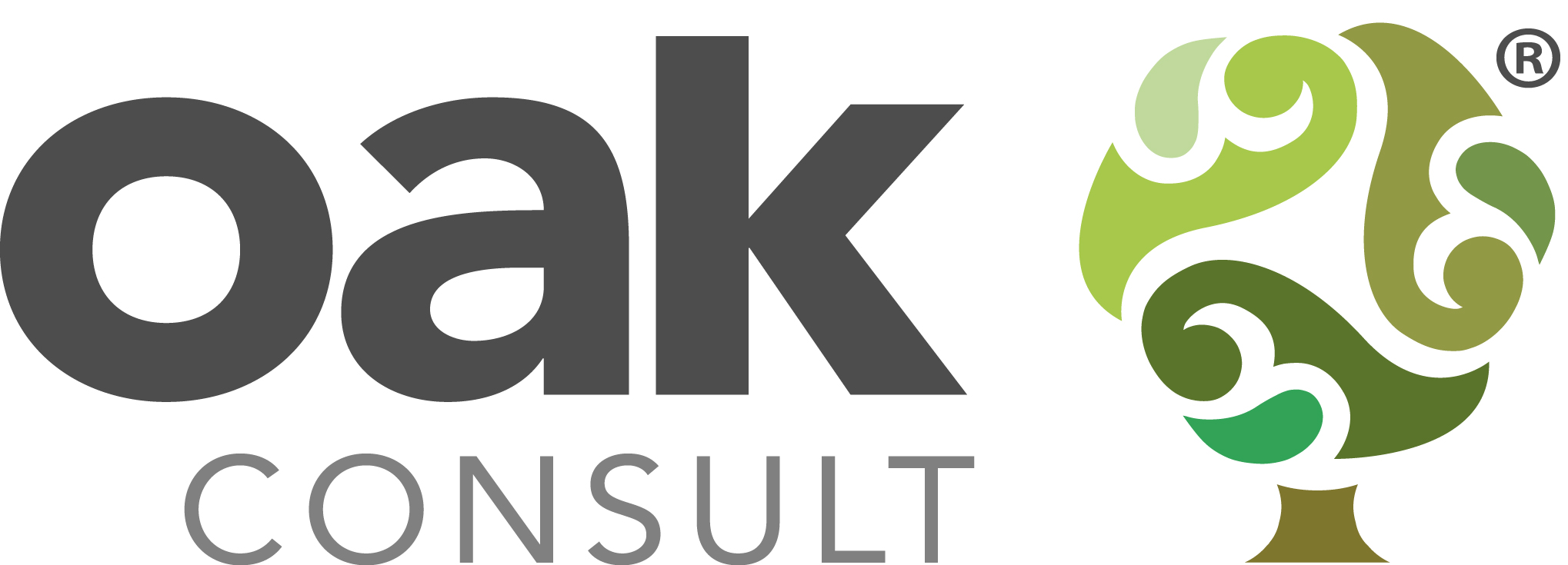A practical guide for business and project leaders on spotting the warning signs in digital projects — and taking back control before it’s too late.
The Silent Slide into Failure: Five Early Warnings That Digital Projects are Dying Slowly
Digital projects rarely crash and burn in fireballs. More often, they die by a thousand cuts: a slow, silent erosion of confidence and momentum.
A deadline slips here. A crucial meeting gets postponed there. People stop asking tough questions. Teams go through the motions. Eventually, everyone is still “busy”—but no one’s quite sure if progress is actually being made.
By the time leadership sees the red status report, it’s often too late to recover without a costly, disruptive reboot.
But here’s the good news: failure leaves clues. If you know what structural and cultural breakdowns to look for, you can catch a failing project before it fully derails.
5 Early Warning Signs That Digital Projects are in Trouble
1. Accountability Drift: The Project Has No Single, Empowered Owner
If responsibility is shared by a committee or passed around based on who has time, digital projects will drift. Decision-making becomes slow, political, and unclear because no single person is accountable for the outcomes. Without a strong, senior leader calling the shots, the authority to enforce necessary changes and resolve deadlocks simply doesn’t exist.
2. Stakeholder Silence or Disengagement
When key stakeholders stop showing up, stop asking questions, or start delegating responsibility downward, it’s a clear sign. This often indicates they’ve lost confidence or interest and have emotionally written the project off. Their disengagement removes the executive air cover and strategic alignment the project needs to survive.
3. Conversation Loops: The Same Blockers Return Every Week
If your progress meetings are constant déjà vu—featuring the same unresolved blockers, the same overdue actions, and no forward movement—the wheels are spinning. This signals a failure in execution and process discipline. The team is managing problems, not solving them, and the project management mechanism has broken down.
4. Vendors Going Quiet or Making Excuses
Suppliers who once over-communicated now go days without contact. Reports are late, and delays are vague. You are always “almost there,” but nothing lands. This dynamic is a symptom of eroding accountability on both sides. Vendors may be masking problems, but the clienta have also lost the management rigour necessary to hold them to account.
5. The Cultural Fog: High Tension, Zero Clarity
Frustration starts to build. People talk about each other, not to each other. Emails get longer and more defensive. Confidence gets lower. No one’s quite sure what the actual priority is—or how to fix the communication breakdown. This cultural friction destroys the internal trust required to openly surface risks and drive collaborative delivery.
Why It Happens: The Breakdown of Governance
Even smart, well-run businesses hit project problems. Here’s why digital projects, in particular, fall into the silence trap:
- Vision and Delivery Are Disconnected: Leadership has a bold vision, but it never fully translates into a detailed, resourced delivery plan that teams can actually execute.
- Misaligned Incentives: When Sales want speed, IT demands stability, and Operations needs cost control, the absence of a unified governance body makes every decision a political tug of war.
- Delegated Accountability: Vendors are treated as plug-and-play delivery arms. Without strong internal management and continuous oversight, accountability is outsourced and project ownership slips away.
- Focus on Activity Over Outcome: Teams are rewarded for logging hours and attending meetings rather than for hitting tangible milestones that move the commercial needle.
The Fix: Oak Consult’s 4-Step Project Recovery Framework
You don’t need a three-month audit to turn a project around. What you need is clear diagnosis, decisive action, and a credible leader at the centre.
1. Diagnose Fast
We get under the skin of the project quickly. We speak to the team, read the room, and surface the friction and drift that others might miss. Our focus is on diagnosis, not blame.
2. Realign & Reset Governance
Once we know what’s broken, we reset the governance structure, clarify goals, and align the stakeholders. Everyone knows their role, what success looks like, and the clear process for resolving conflicts.
3. Rebuild Trust
Often, relationships between sponsors, teams, and suppliers need repair. We work to restore confidence across all parties—without finger-pointing. Our focus is purely on progress and mutual accountability.
4. Restore Momentum with Decisive Wins
Momentum matters. We identify and land quick, visible wins within weeks to rebuild belief, show tangible progress, and give the project a new pulse.
Case Insight: Turning the Ship Around
“Oak was recommended after 12 months of delays and supplier frustration. Within days, they’d identified the root issues, rebuilt communication across teams, and helped us take control. We wouldn’t have landed the project without them.” (Details anonymised, but real outcome.)
What to Do If You’re in This Now
If this post is hitting a little close to home—you’re not alone. Here’s what you can do right now:
- Step back and get ruthlessly honest about where things stand.
- Talk to your stakeholders—don’t let silence fester.
- Bring in external perspective if you need clarity fast.
- Act decisively—drift won’t fix itself.
At Oak Consult, we specialise in rescuing stuck or slow digital projects. We move quickly, embed senior leadership expertise, and bring the structure needed to get delivery back on track.
If you suspect your project is slipping, we can help spot the signs early and support a rapid, structured recovery.

